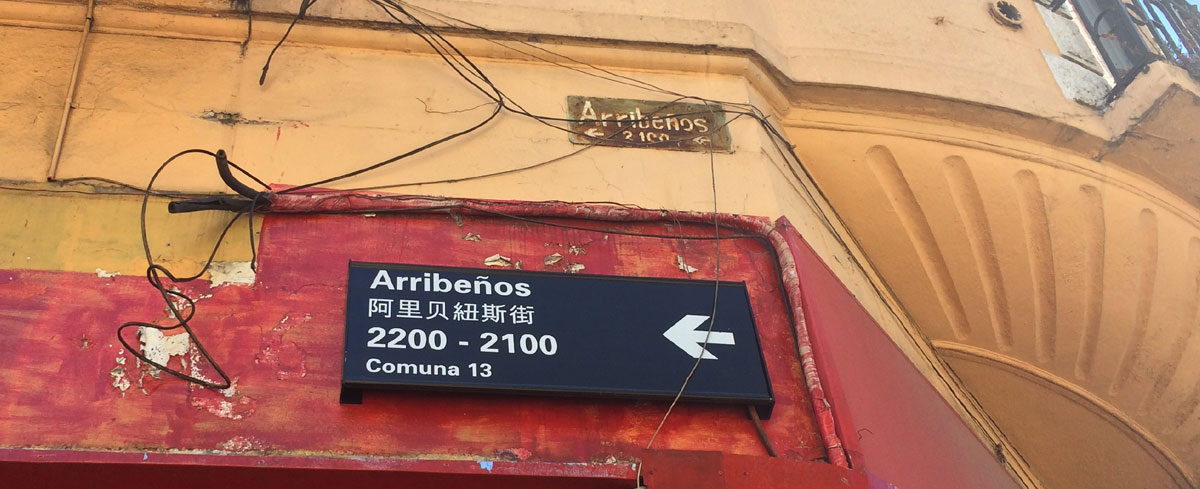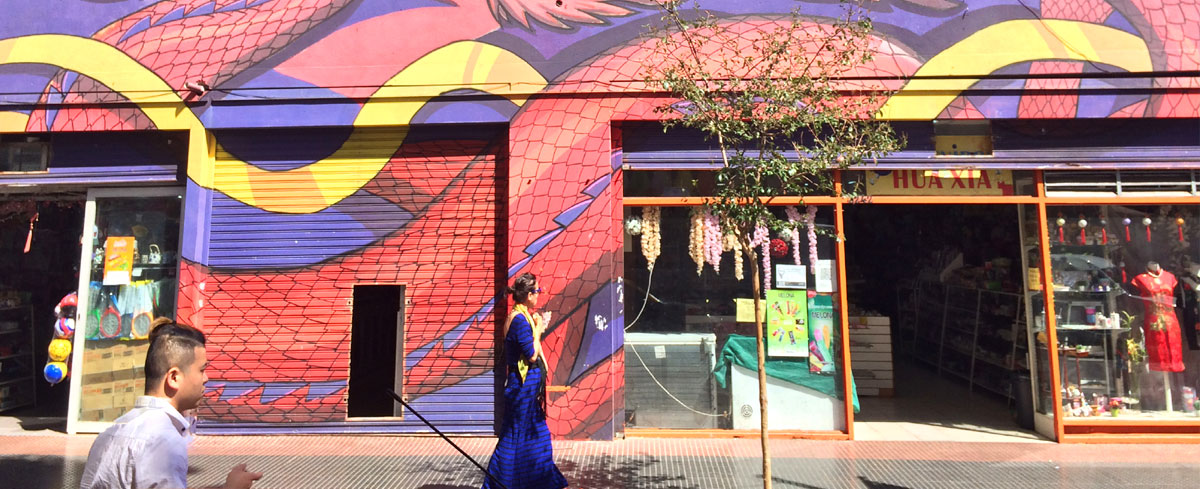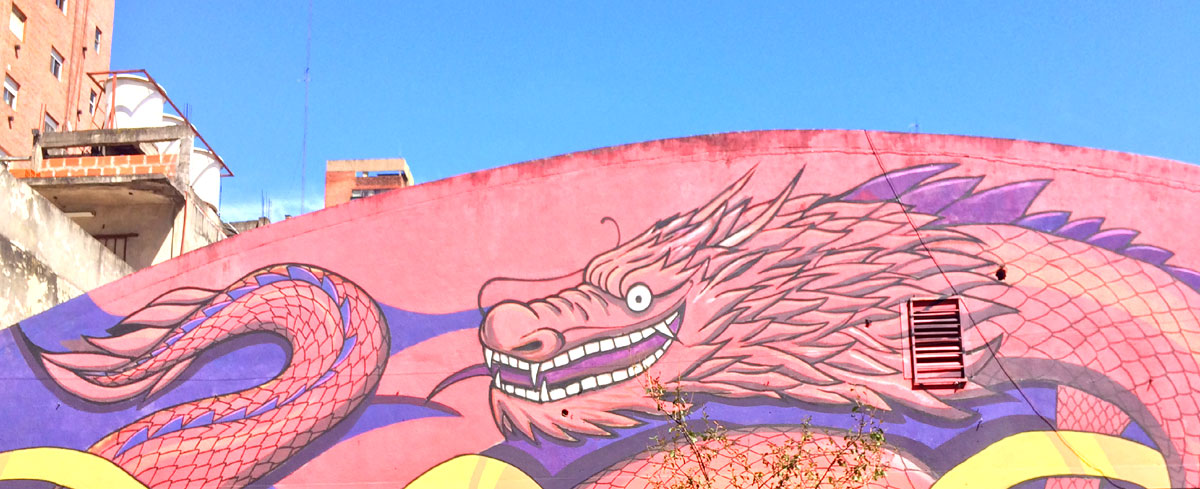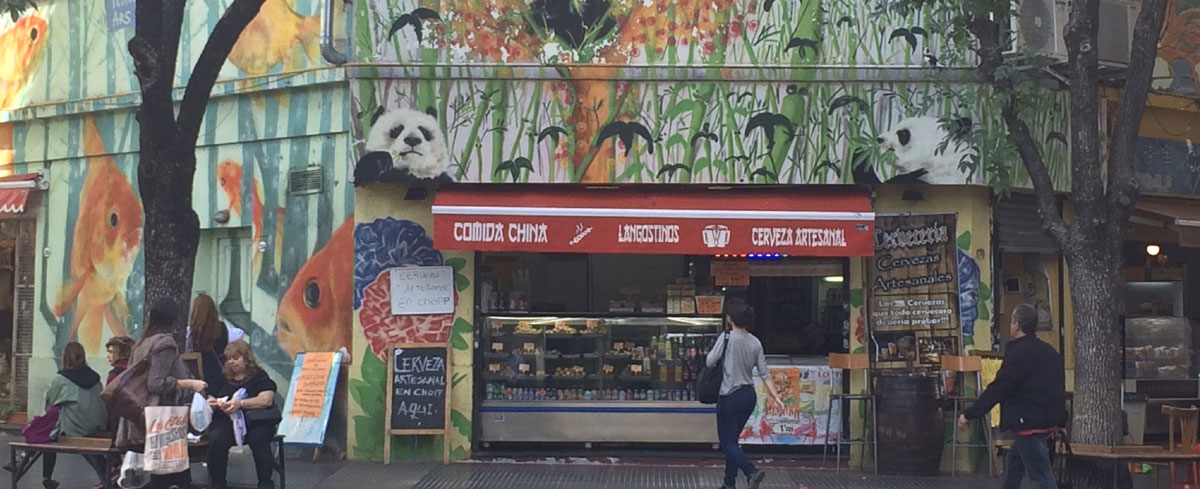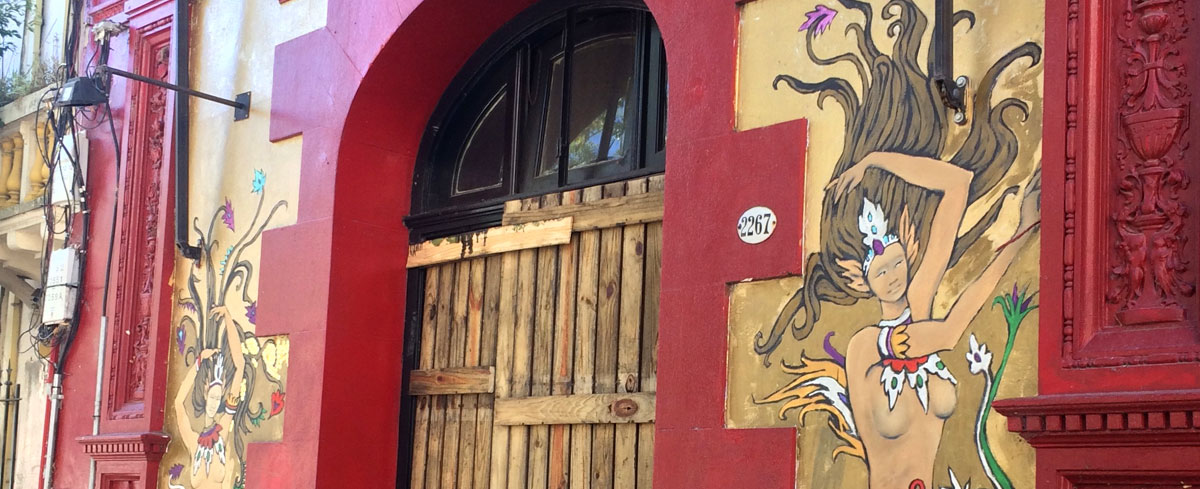After putting off my visit to this corner of Buenos Aires time and time again, I finally decided it was time to get to know the city’s barrio chino, or Chinatown. Little did I know that I’d also discover some of the city’s most curious tourist attractions. My adventure began as soon as I got off the bus in one of the city’s main areas for shopping - Avenida Cabildo with its many brand name clothes shops.
A stroll through the Belgrano neighbourhood
The city’s Chinatown is in the northern Belgrano neighbourhood, and on my way wandering down Avenida Juramento looking for it, I came across several surprises. First, and most impressive, was a huge circular church known as La Redonda, outside of which was a market full of stalls selling traditional Argentina crafts and a couple dancing to folk music. I still seemed to be a long way from Chinatown.
Opposite the church, I noticed a grand colonial-style house that turned out to be the Enrique Larreta Museum of Spanish Art, and on another corner the Sarmiento Museum. That’s a lot of museum for a residential suburb, I thought, but still no sign of China . . . until that is, a few blocks on, I passed the gentle sloping park of the Barrancas de Belgrano and spied a bustle of activity around the train tracks beyond.
Impressions of a first-timer
On the other side of the tracks, I knew I’d arrived at my objective when I suddenly found myself before a huge archway topped with dragons and Chinese letters. This was more like it! Being the weekend, the atmosphere was particularly frenetic, and under the arch a large crowd had gathered around a group of musicians. This became something of a theme, and as I explored further, every couple of blocks I found musicians playing live in the street.
As I passed a sculpture of a lion on my left, for a moment felt like I could have been in China. Perhaps it was the reflection of the sun passing through the trees, or the shopsigns with letters whose meanings and pronunciation were unknown to me, but I felt the definite vibe of being somewhere else. But perhaps what made the biggest impact on me was the number of bargain stores selling all kinds of knick-knacks “made in China.”
Off the main drag
In the surrounding streets, I found that most of the signs were in two languages - first in Spanish, and then in Chinese script underneath. There are several buildings with oriental styles of design and murals depicting red dragons and carp, but the street that most drew my attention was a narrow lane with neo-colonial characteristics, where a puppy was sitting in the middle of the pavement as if posing for a photo. It turns out that this well-preserved relic of another era is Pasaje Arribeños - declared a national monument by the government.
Oriental curiosities
Returning to the main street, I entered a supermarket which had a strong smell of fish, to see what I’d find and discovered all sorts of curious produce, which might be usual in China but for me was quite bizarre: all kinds of seaweed and rice, a huge variety of spices and even meatballs sold in bulk. And of course, delicious looking unsliced sushi rolls.
Another thing that really got my attention was the incredible number of people sucking on a kind of rectangular ice pop as if there were no tomorrow. It seemed to be all the rage, and after seeing watching around 50 people sucking on one with evident delight, I could contain my curiosity no longer and had to try one. I played it safe and went for strawberry, but there are also melon, banana and mango flavours. Delicious! Reading the label, I discovered the product was imported from South Korea.
The end of the afternoon
I wrapped up a pleasant afternoon with a beer in a place that also did stir fries and learned that this neighbourhood, despite the Chinatown moniker, is really a showcase for a mix of oriental cultures, from places as diverse as Taiwan, Korea and Japan. Visitors are looking for different things - be it an illusive cooking ingredient impossible to find elsewhere in the city or a bargain present, but all leave captivated by this slice of the orient on the other side of the world.
